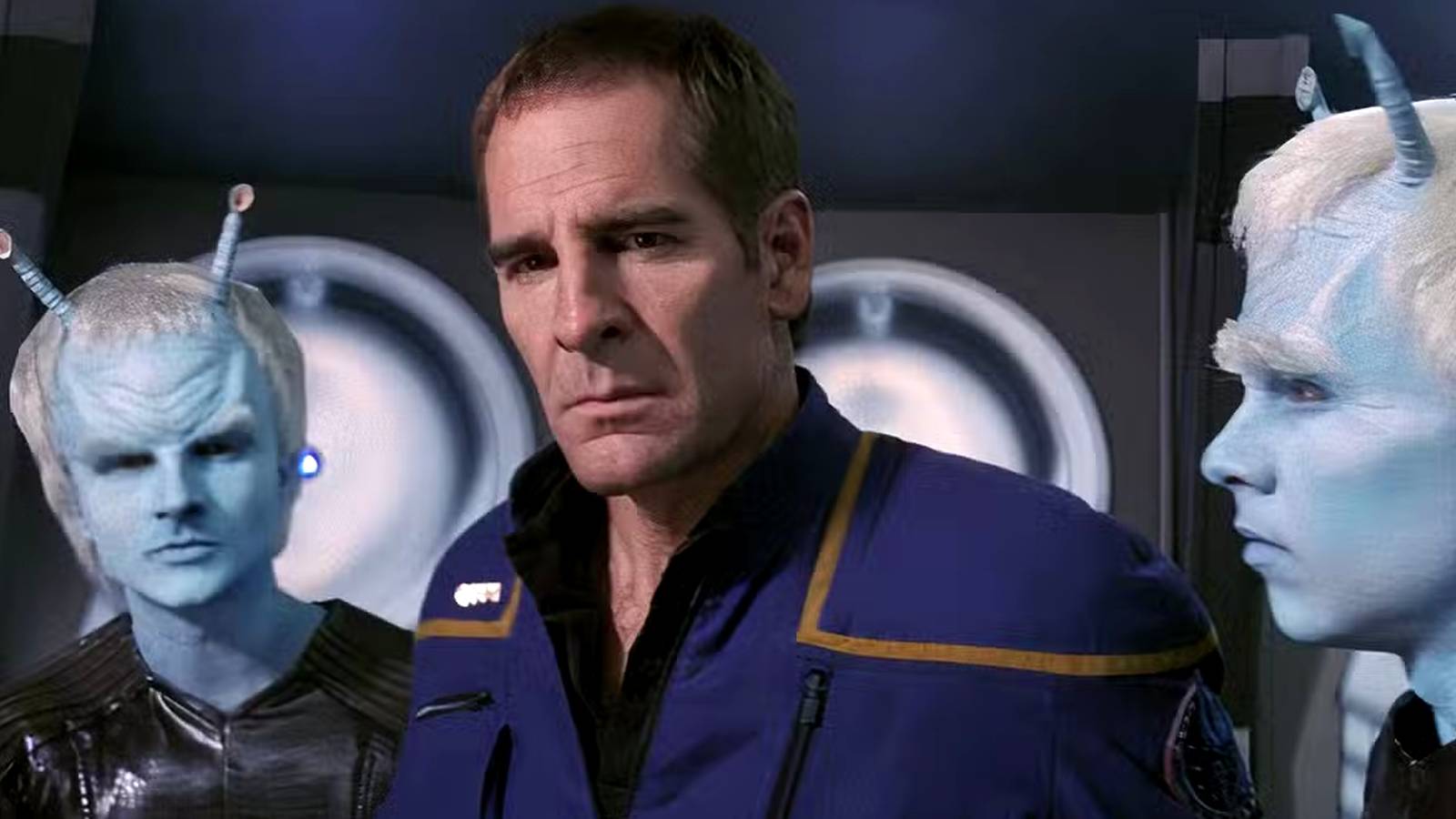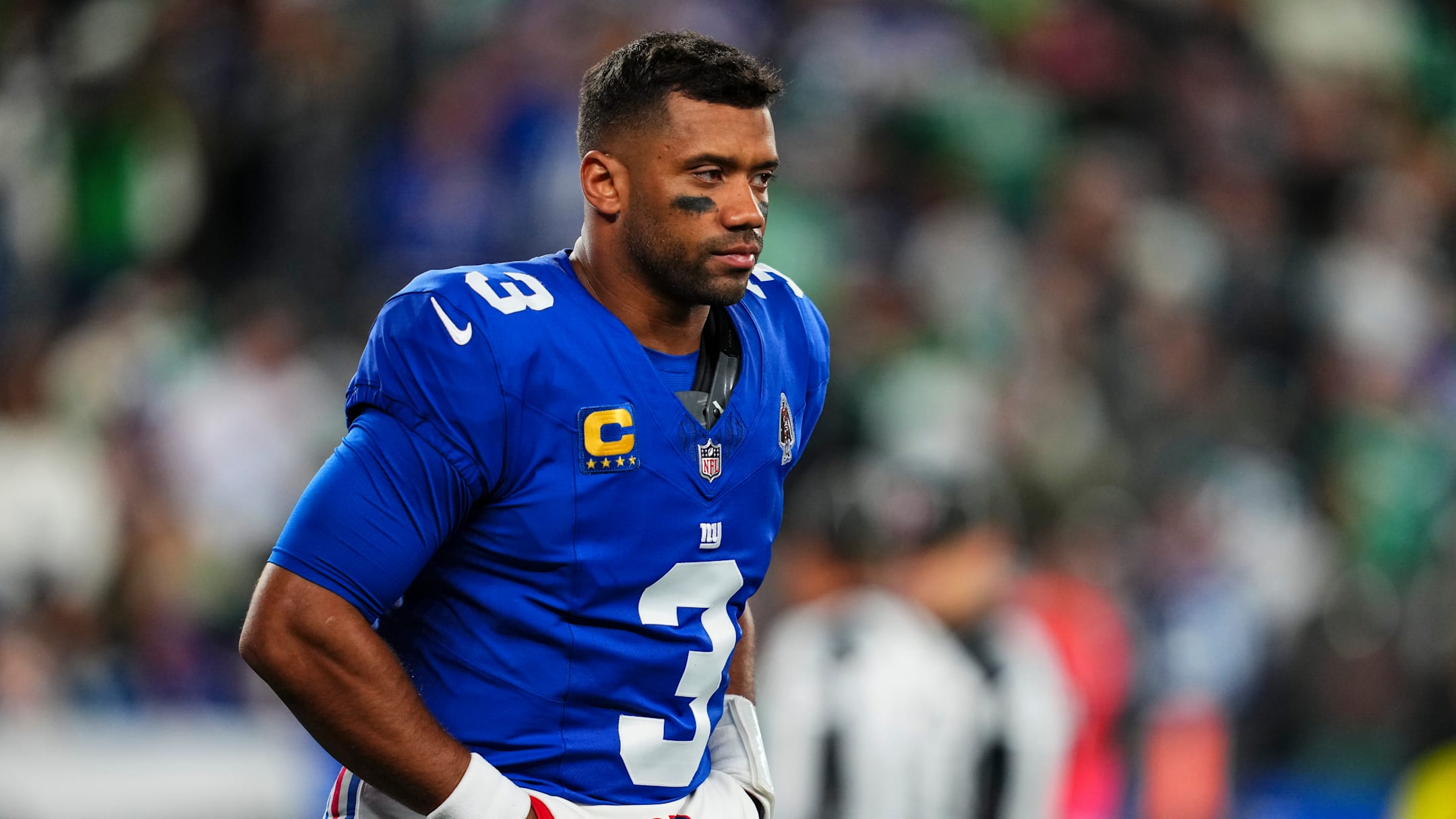Steelers’ Reported Receiver Preference Makes No Sense
Stop me if you’ve heard that one before. The Pittsburgh Steelers are searching for wide receiver help. As Groundhog Day as it feels, it’s not an entirely unreasonable thought. What makes less sense is NFL Network Ian Rapoport’s indication the Steelers want more

In a recent trade preview article, Rapoport made the Steelers’ wants clear.
“The Steelers are, once again, in the market for a receiver, sources say. Their offense has thrived by featuring multiple tight ends, but the addition of a speed threat to pair with DK Metcalf would help Aaron Rodgers and the offense,”
Assuming Rapoport’s speed comment is also sourcing and not opining, the idea falls short for a simple reason. Pittsburgh has nothing but “speed threats” opposite DK Metcalf: Calvin Austin III, Roman Wilson, and Scotty Miller. All dudes whose calling cards
Sure, it’s fair to say speed and speed alone isn’t the end-all. Wilson and Miller’s production have been invisible. Partly due to a lack of playing time in Arthur Smith’s tight end-heavy offense.
But Austin has done everything the team has asked him to do. The volume isn’t there, it never will be as a No. 2 in the constructs of this offense, but the effectiveness is there. Of his 10 receptions, three have gone for 20 or more yards. Two have found the end zone, including a vertical game-winner against the New England Patriots. The type of play Rapoport outlines above.
A speed threat to beat man coverage, a great release to shake and stack the cornerback before adjusting to find the ball and make the catch.
Austin has progressed year-by-year. I’ve been critical of him in the past. An inability to make catches outside of his frame. Questioning if he could make plays outside the numbers. He’s checked those boxes. And the little things he does, his blocking, effort, and team-first nature, fit the offense and the culture well.
It directly opens up plays for others like Metcalf, who credited Austin for his speed occupying two Minnesota Vikings’ defenders on Metcalf’s 80-yard touchdown. And it was Austin who threw the final score-springing block.
If Pittsburgh adds more speed, will they use it? There’s a chicken-egg argument to be had whether the Steelers aren’t using Wilson and Miller’s speed properly or if those two aren’t good enough to capitalize on their wheels. But Aaron Rodgers is getting the ball out quickly and throwing shorter than any other quarterback in football. Even with an uptick in his numbers the past two games, Rodgers entered Sunday’s slate with the lowest average completed air yards in the NFL.
Another mold at receiver would offer more value. Not another speedster. Here’s the buckets each current receiver falls into.
DK Metcalf – No. 1/Do It All Receiver
Calvin Austin III –
Ben Skowronek – Big Personnel Blocker/Dirty Work/Core Special Teamer
Roman Wilson – Speedster
Scotty Miller – Speedster
Ke’Shawn Williams – Kick/Punt Returner
Very broad labels and for a guy like Wilson, we’re still learning more about him. But it’s all similar. A little variety wouldn’t hurt.
Instead of more speed, Pittsburgh could look for a power forward/size player. Metcalf offers that but he’s the only one. Skowronek is big but doesn’t have that style. Jakobi Meyers would fit. He’s not fast but a big-body with strong and reliable hands. As does Josh Reynolds, who we suggested earlier today.
How about a route runner? Pittsburgh is missing that guy in the room. Metcalf and Austin aren’t bad but they aren’t high-level with their stems. The Steelers haven’t had a true route runner since Diontae Johnson and before him, Antonio Brown. The best receiver is an open one and that type would fit well in Pittsburgh’s quick-passing game. Someone who can beat press/man coverage and win on slants and digs over the middle. A Calvin Ridley-type fits.
Even an RPO/gadget/space player has value. Pittsburgh doesn’t have that at receiver. On appearances, Austin might look like that guy, short and fast, but his game is speed. Not quickness and not YAC. He doesn’t take the short swing/screen pass and turn it into a big gain. A Wan’Dale Robinson-type fits (though the Giants aren’t shopping him) and I question its value overall in Smith’s offense. Still, it’s an archetype that Pittsburgh could pursue to add more skillsets to the offense.
If Austin’s shoulder injury was going to sideline him for the next several weeks, acquiring another speedster would have more merit. The combination of Austin avoiding injured reserve, Tomlin leaving the door open for him to return last week (even if Austin ultimately was inactive), and reporting that indicates he’ll be back Week 8, there’s no need to get another player cut from the same mold.
Frankly, and this might be controversial, I’m not sold on Pittsburgh needing to trade for another receiver. Especially some mid or low-level addition like Mike Williams last year. The offense is productive, Rodgers is playing well, and Austin has been a supporting No. 2 for how this offense is built. The synergy of the receiver room is admirable, too, and I’m open to giving Roman Wilson more opportunities. Not less, which is what would happen if a wideout was brought in.
Unless it’s a high-end caliber talent like the Saints’ Chris Olave, which naturally comes at a greater cost, roll with the group they have for the rest of 2025. It’s no slam dunk Pittsburgh needs another receiver and if they must, they sure don’t need more speed.
Yankees Must Reclaim the Japanese Market Before It’s Too Late

For decades, the New York Yankees stood as the global symbol of baseball dominance—a team that not only signed the best players in the United States but also lured superstars from Japan. From Hideki Matsui’s World Series MVP heroics to Masahiro Tanaka’s playoff brilliance, the Yankees once represented the ultimate destination for Japanese talent. But that era has vanished, and the Los Angeles Dodgers have taken their place.

The Dodgers’ aggressive investment in Japanese players—from Shohei Ohtani to Yoshinobu Yamamoto—has turned the franchise into baseball’s most forward-thinking global powerhouse. For the Yankees, who have not landed a major Japanese star in over a decade, this should serve as a wake-up call.
Dodgers Have Turned Japan Into Their Pipeline
When the Yankees lost the 2024 World Series to the Dodgers at Yankee Stadium, it wasn’t just another October heartbreak—it was a global marketing defeat. Ohtani stood at the center of the celebration, the face of a franchise that has mastered the art of international recruitment. Months later, Yamamoto emerged as the National League’s Rookie of the Year runner-up, solidifying Los Angeles as the new face of the Japanese baseball connection.
The Dodgers’ dominance is no accident. They’ve invested heavily in relationships with Japanese agencies, built scouting networks that extend across Asia, and treated Japanese stars as cultural ambassadors, not just on-field assets. When Ohtani and Yamamoto both chose Los Angeles over New York, it wasn’t about geography—it was about trust and vision.
Meanwhile, Yankees general manager Brian Cashman continues to blame the East Coast’s distance from Japan as a deterrent. But that argument no longer holds water in an age when elite players like Roki Sasaki and Munetaka Murakami have global branding aspirations and care more about franchise reputation than flight times.
Yankees’ Image Problem Abroad
The Yankees’ struggle isn’t financial—it’s philosophical. They remain stuck in a mindset that assumes their brand speaks for itself. That approach might have worked when Matsui and Tanaka were household names, but today’s generation of Japanese stars sees the Dodgers as the more modern, player-friendly organization.
In 2017, the Yankees rolled out a full-scale recruitment campaign for Ohtani, only to learn early in the process that he wasn’t even considering them. They tried again with Yamamoto in 2024, sending Cashman to attend his no-hitter in person—an image that briefly went viral—but the effort felt reactive, not proactive. The Dodgers already had their relationships in place.
If the Yankees want to compete for players like Murakami this offseason, they need more than money. They need cultural credibility—something that’s been eroded by years of stagnation and front-office inertia.
The path forward is clear. The Yankees must re-establish a consistent presence in Japan, rebuild their scouting relationships, and modernize their approach to international negotiations. Hiring bilingual staff, strengthening their Pacific Rim operations, and forming partnerships with Japanese leagues and sponsors could help rebuild their reputation.
It’s not just about signing one player—it’s about transforming perception. The Dodgers have proven that global appeal translates directly into on-field success and business growth. The Yankees, with their resources and history, have no excuse for being left behind.
If New York continues to ignore the international market, it’ll remain stuck in a cycle of nostalgia while watching another Japanese superstar lift a World Series trophy somewhere else.



